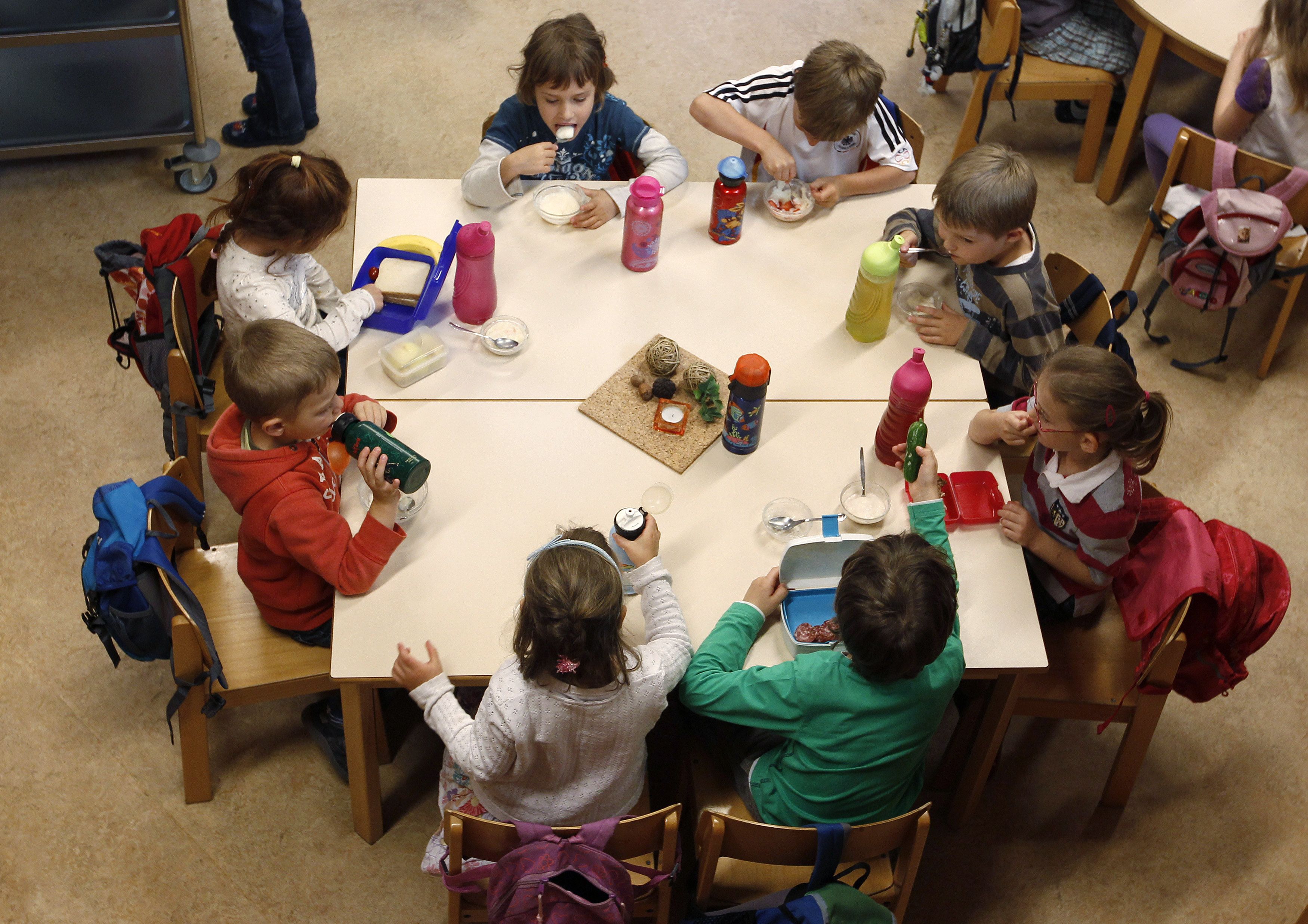Scientists are able to use brain tests on three-year-olds to determine which children are more likely to grow up to become criminals. It sounds like Minority Report come to life: An uncomfortable idea presenting myriad ethical concerns. But, though unnerving, the research is nuanced and could potentially be put to good use.
In the study, published in Nature Human Behavior this week, researchers led by neuroscientists at Duke University showed that those with the lowest 20% brain health results aged three went on to commit more than 80% of crimes as adults. The research used data from a New Zealand longitudinal study of more than 1,000 people from birth in the early 1970s until they reached 38 years old. This distribution, of 20% of a population accounting for 80% of an effect, is strong but not unusual. In fact, it follows the “Pareto principle.” The authors write in their paper:
In Pareto’s day, the problem definition was that 20% of families owned 80% of land in Italy. The so-called Pareto principle is alive and useful today: for example, in software engineering, 20% of the code is said to contain 80% of the errors.
